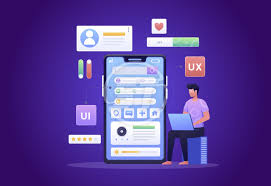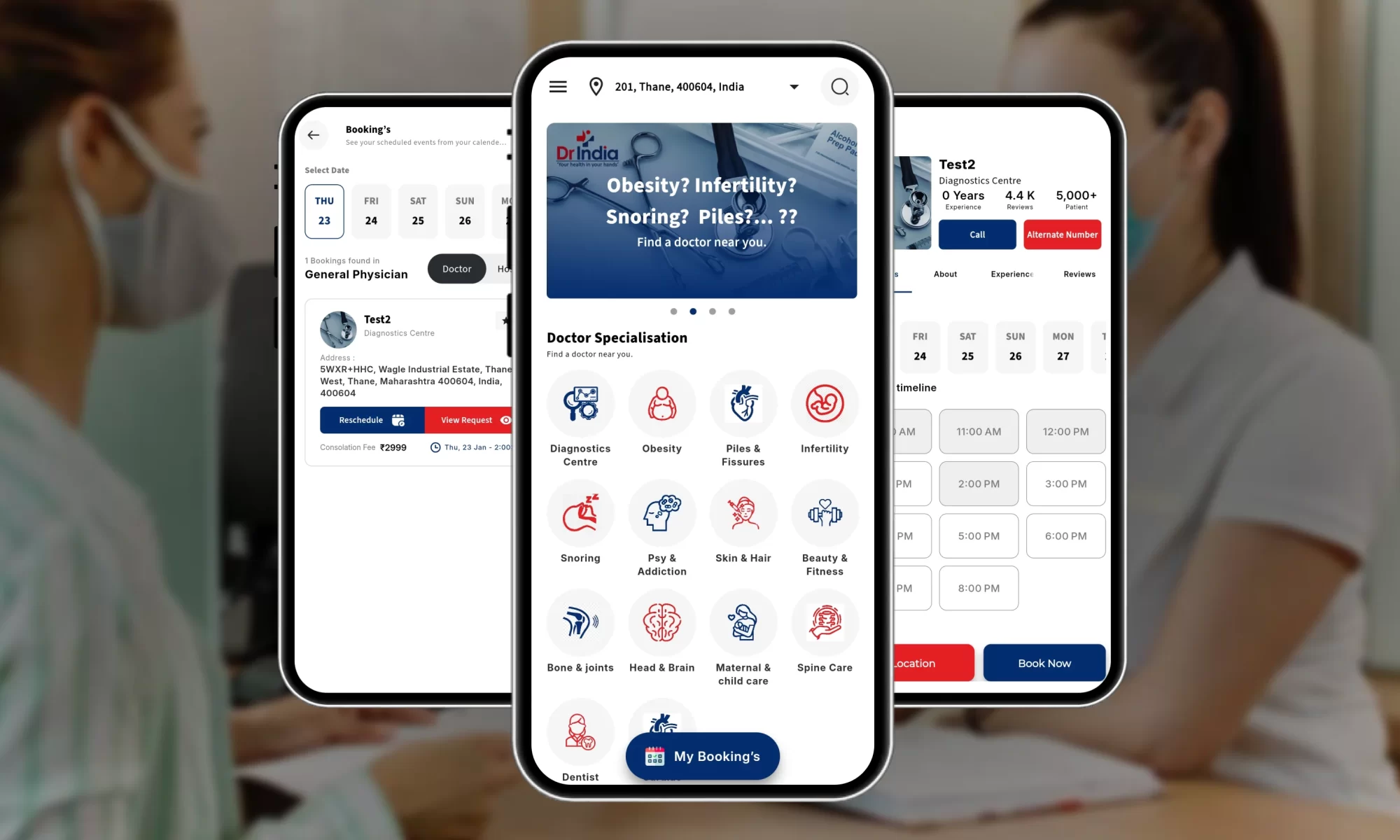Let’s be real—mobile apps aren’t just tools anymore. They’ve become full-blown experiences. If you ask any solid mobile app development company in London, they’ll tell you: UX and UI design can make or break your app. People decide if they’ll stick around or delete your app in seconds. If it looks good and feels easy to use, you’re off to a strong start.
London’s best app designers mix creativity with a real understanding of how people think and act. They want every tap and swipe to feel natural, not frustrating.
Why Mobile App Developers in London Focus on UX/UI Design
UX and UI aren’t just buzzwords—they’re what keep people engaged and coming back. Here’s the deal:
First impressions matter. People judge fast. An app that looks messy or confusing? Gone in a flash.
Easy navigation matters. If users can’t find what they want, they’ll leave. Simple as that.
Your brand depends on it. A sleek UI builds trust. People notice the details.
If your app is intuitive, people actually want to use it again. That’s how you build a loyal user base.
How App Development Companies in London Improve User Experience
A great app needs developers and designers working side by side. Here’s how they pull it off:
UX Design
They map out the user’s journey—wireframes, prototypes, user testing, the whole thing. It’s all about making sure the flow feels right.
UI Design
This is where they bring in color, typography, buttons, icons. They make sure everything looks sharp and works smoothly on any device.
Why Partner with a London App Development Company?
When you work with a team in London, you get:
Real UX/UI expertise
A polished, high-quality app that actually works
Faster launches
Room to grow and update as your needs change
Access to the latest tech
Common UX/UI Mistakes App Developers in London Avoid
It’s easy to slip up with cluttered screens, confusing navigation, slow load times, or leaving out accessibility features. The best teams in London know how to dodge these issues. They follow best practices from start to finish.
Bottom Line
UX/UI design isn’t just about making things look nice. It’s the backbone of any successful mobile app. When you team up with an experienced London app development company, you get apps that are easy to use, engaging, and built to last. Good design keeps users happy—and keeps them coming back.
FAQs
- Why does UX/UI matter for mobile apps?
Because people want apps that are simple to use and look good. That’s what keeps them engaged. - What do mobile app designers in London actually do?
They create layouts, prototypes, and interfaces that make using your app a breeze. - How do London app developers bring UX/UI designs to life?
They turn those designs into real, working apps—and make sure everything runs smoothly. - Can strong UX/UI really boost retention?
Absolutely. If your app feels good to use, people stick around. - How do I pick the right mobile app development company in London?
Check their experience, look at their portfolio, read reviews, and see if they offer support after launch.




